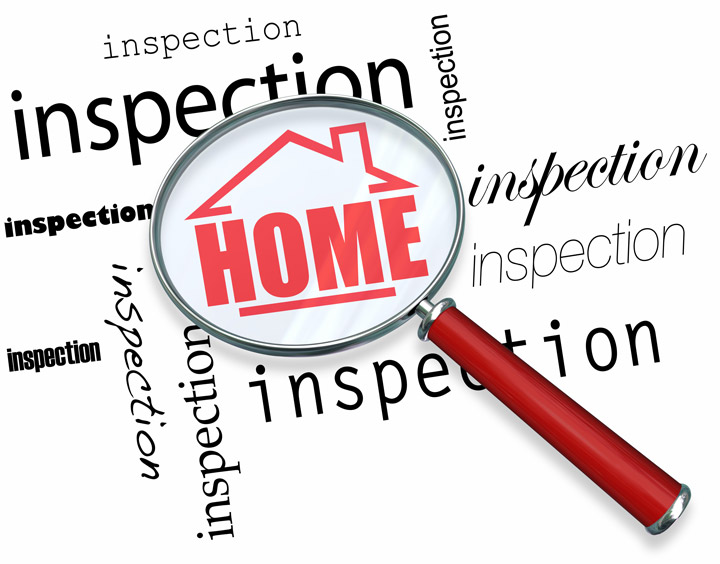
Comprehending AppraisalsA home purchase can be the largest transaction some will ever consider. Whether it's where you raise your family, a seasonal vacation home or one of many rentals, purchasing real property is a complex transaction that requires multiple parties to pull it all off. The majority of the participants are very familiar. The real estate agent is the most known face in the transaction. Next, the bank provides the money needed to finance the deal. And ensuring all requirements of the exchange are completed and that the title is clear to pass to the buyer from the seller is the title company. So, what party is responsible for making sure the real estate is worth the amount being paid? This is where you meet the appraiser. We provide an unbiased opinion of what a buyer might expect to pay — or a seller receive — for a property, where both buyer and seller are informed parties. A licensed, certified, professional appraiser from Pamala Cagle will ensure, you as an interested party, are informed. Inspecting the subject propertyOur first responsibility at Pamala Cagle is to inspect the property to ascertain its true status. We must actually see features, such as the number of bedrooms and bathrooms, the location, and so on, to ensure they really are present and are in the shape a typical buyer would expect them to be. To ensure the stated square footage is accurate and document the layout of the home, the inspection often entails creating a sketch of the floorplan. Most importantly, the appraiser identifies any obvious features - or defects - that would affect the value of the house. Back at the office, an appraiser uses two or three approaches to determining the value of real property: paired sales analysis and, in the case of a rental property, an income approach. 
Replacement CostHere, we pull information on local construction costs, the cost of labor and other factors to derive how much it would cost to build a property nearly identical to the one being appraised. This estimate usually sets the maximum on what a property would sell for. The cost approach is also the least used predictor of value. 
Analyzing Comparable SalesAppraisers can tell you a lot about the subdivisions in which they appraise. They thoroughly understand the value of certain features to the people of that area. Then, the appraiser looks up recent transactions in close proximity to the subject and finds properties which are 'comparable' to the home at hand. Using knowledge of the value of certain items such as upgraded appliances, extra bathrooms, additional living area, quality of construction, lot size, we adjust the comparable properties so that they more accurately match the features of subject.
A valid estimate of what the subject could sell for can only be determined once all differences between the comps and the subject have been evaluated. At Pamala Cagle, we are an authority when it comes to knowing the value of real estate features in Hitchcock and Galveston County neighborhoods. The sales comparison approach to value is most often given the most importance when an appraisal is for a home exchange. Valuation Using the Income ApproachA third way of valuing a house is sometimes applied when an area has a reasonable number of rental properties. In this situation, the amount of income the property generates is factored in with other rents in the area for comparable properties to derive the current value. Putting It All TogetherAnalyzing the data from all approaches, the appraiser is then ready to put down an estimated market value for the property in question. The estimate of value on the appraisal report is not necessarily what's being paid for the property even though it is likely the best indication of what a property is worth. Depending on the specific circumstances of the buyer or seller, their level of urgency or a buyer's desire for that exact property, the closing price of a home can always be driven up or down.But the appraised value is often employed as a guideline for lenders who don't want to loan a buyer more money than the property is actually worth. At the end of the day, an appraiser from Pamala Cagle will help you discover the most accurate property value, so you can make wise real estate decisions. |